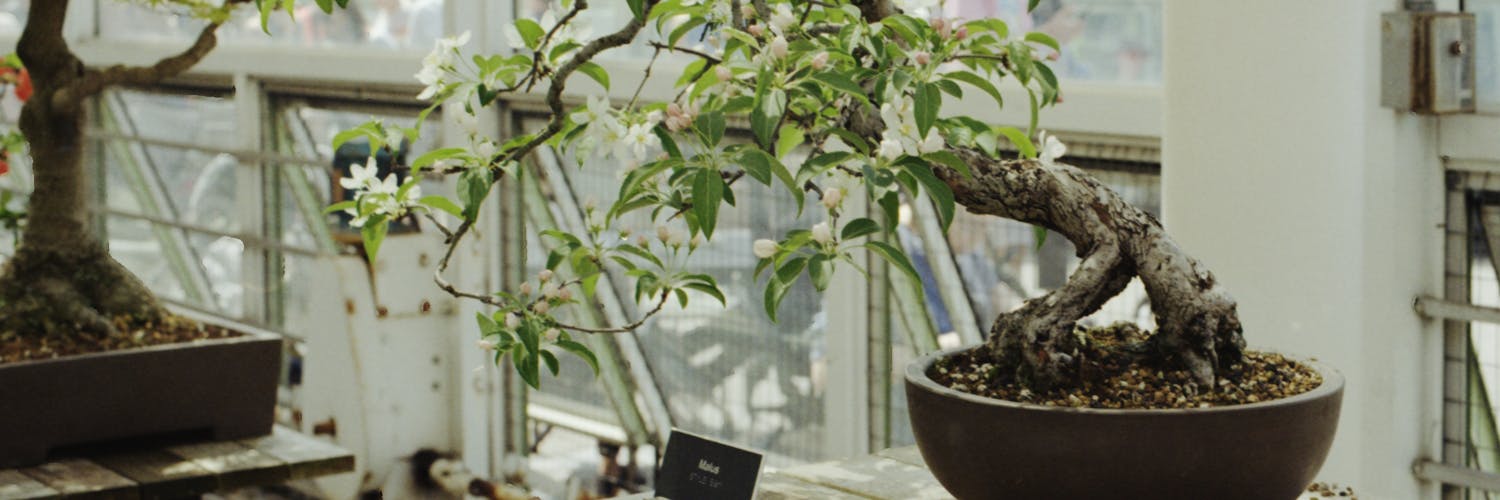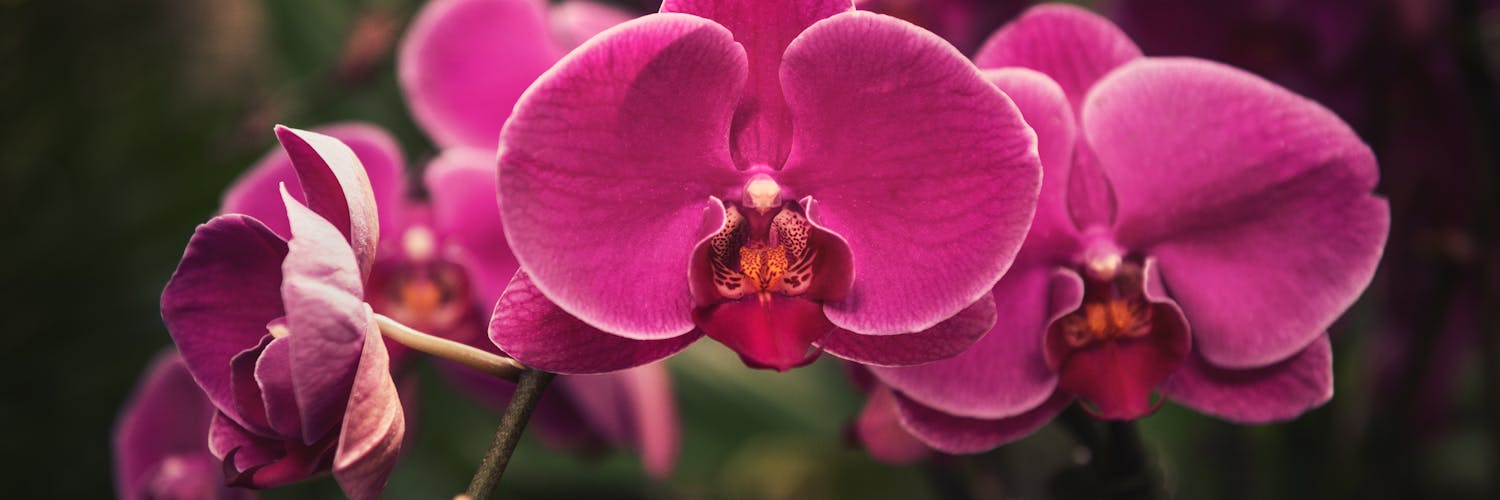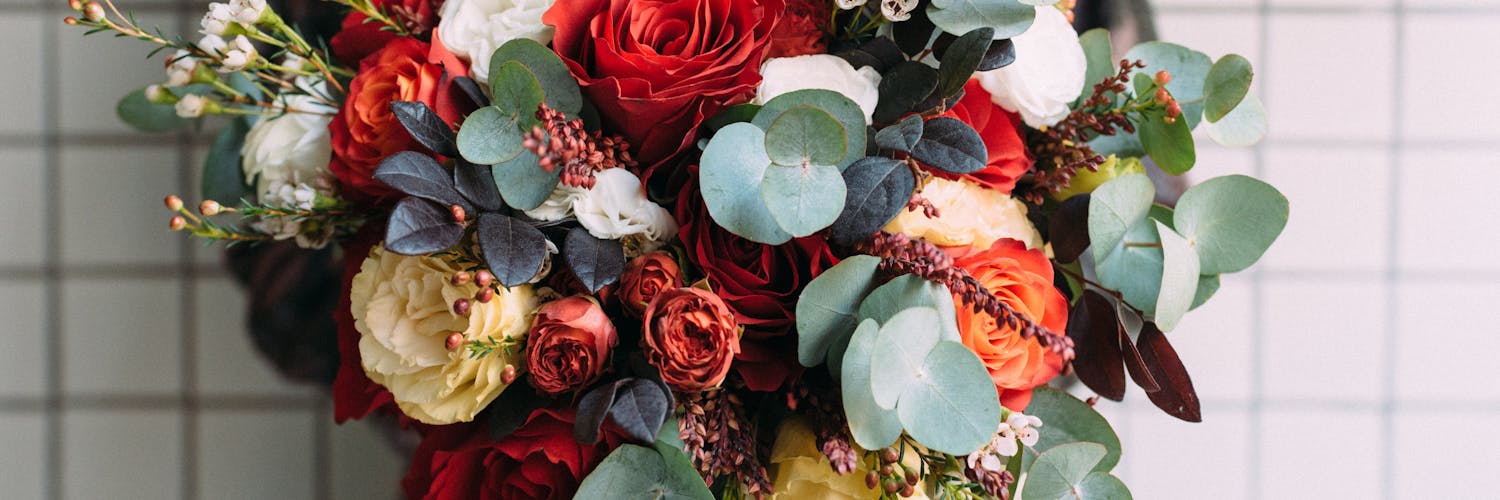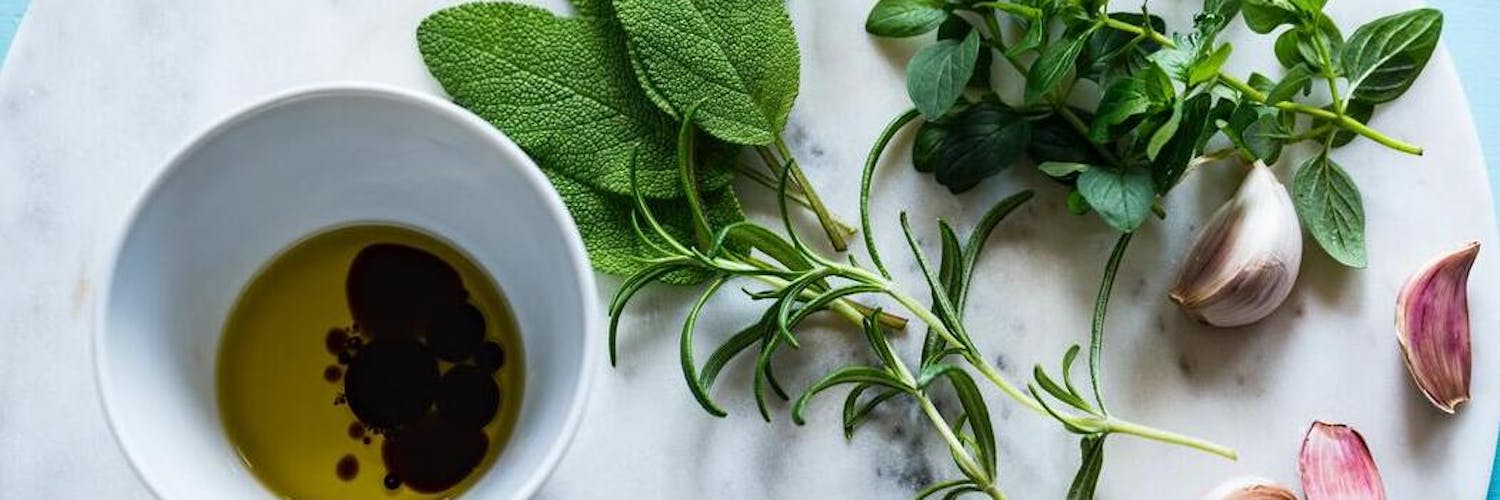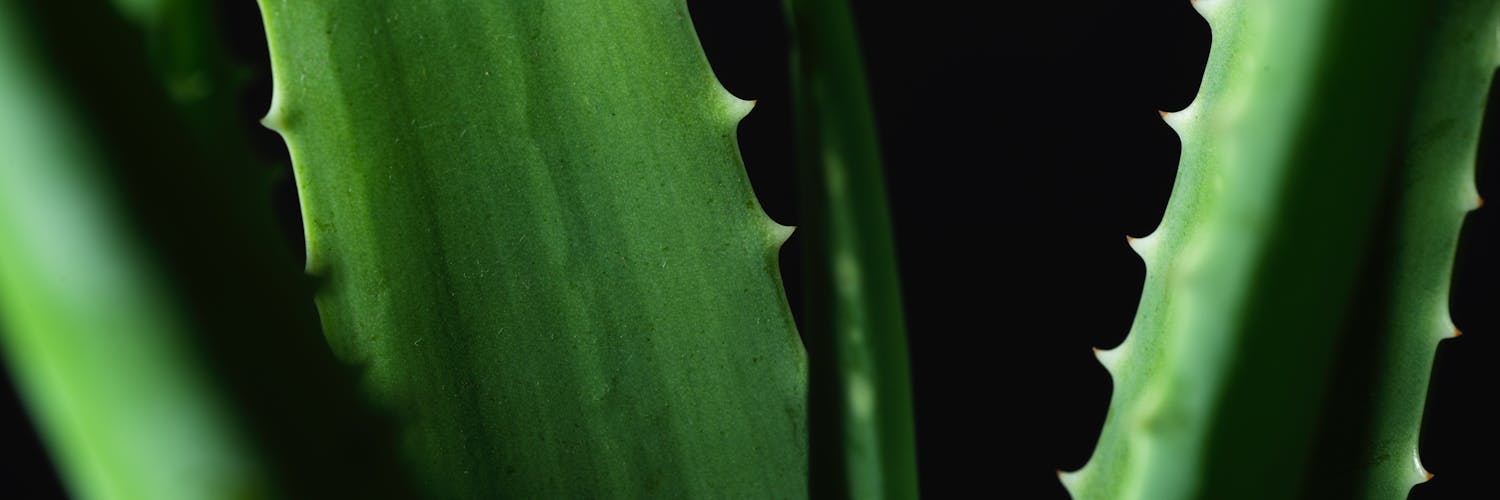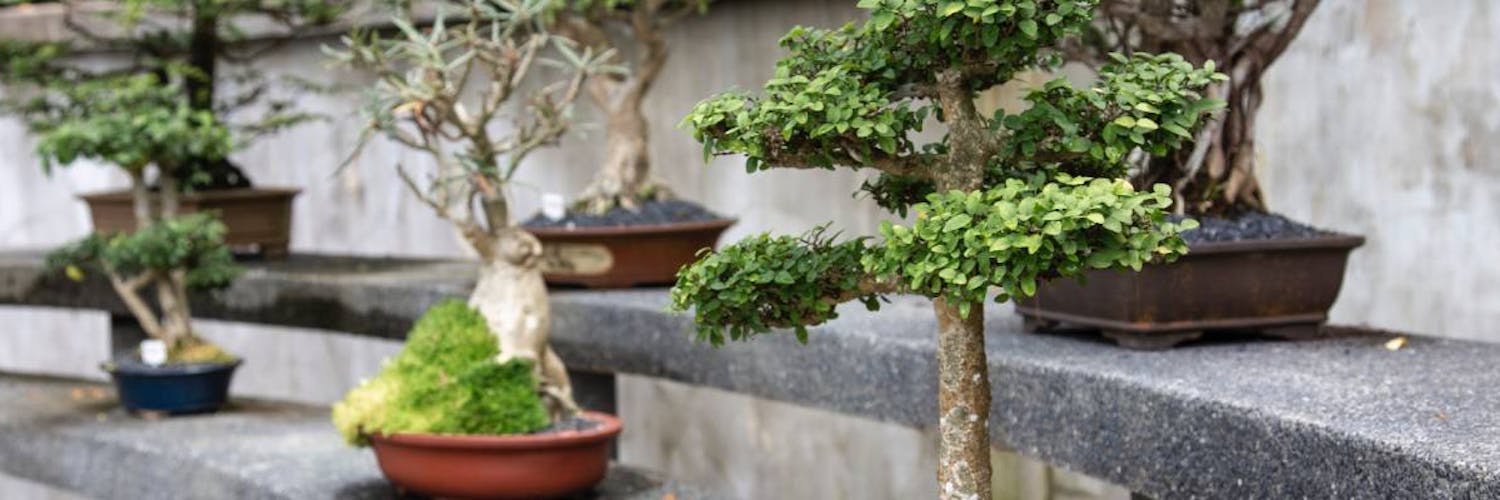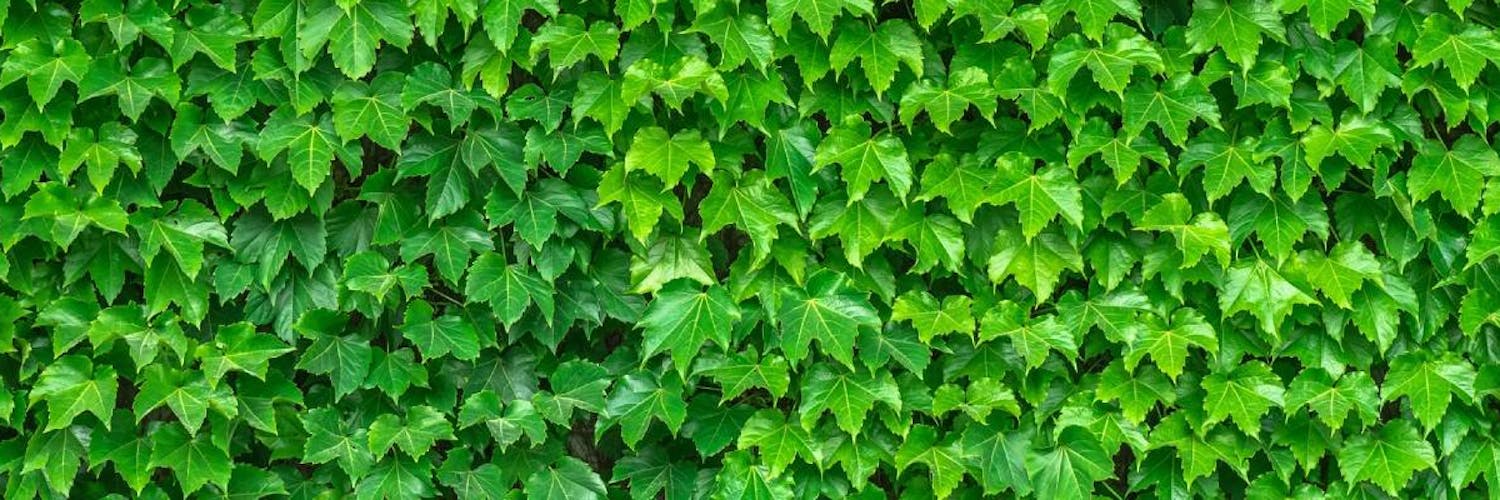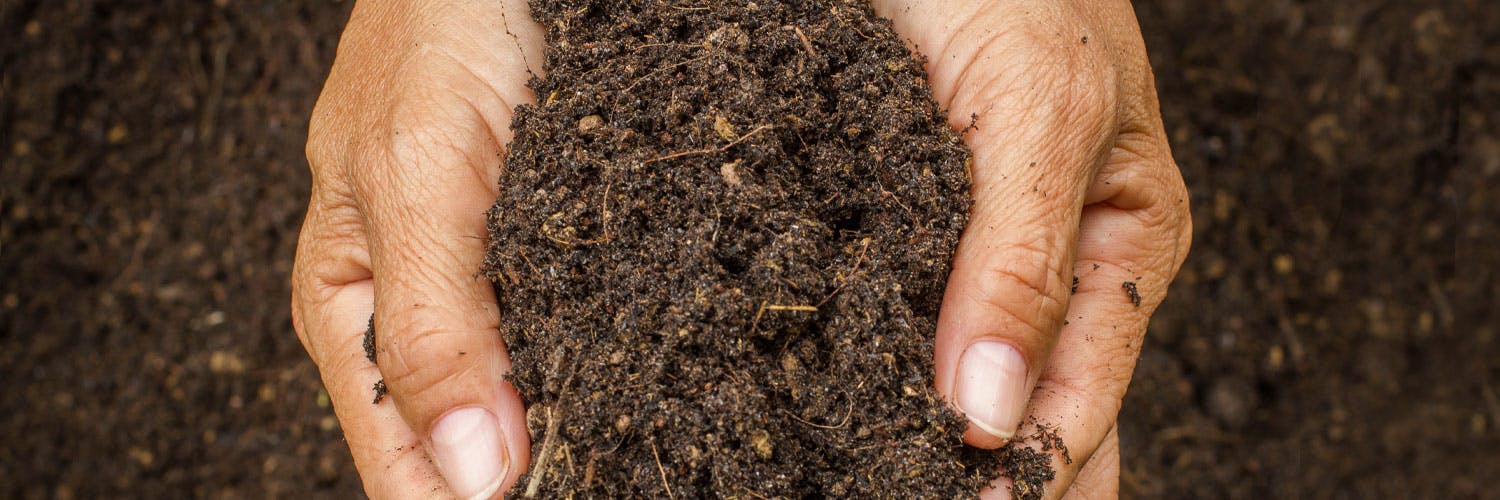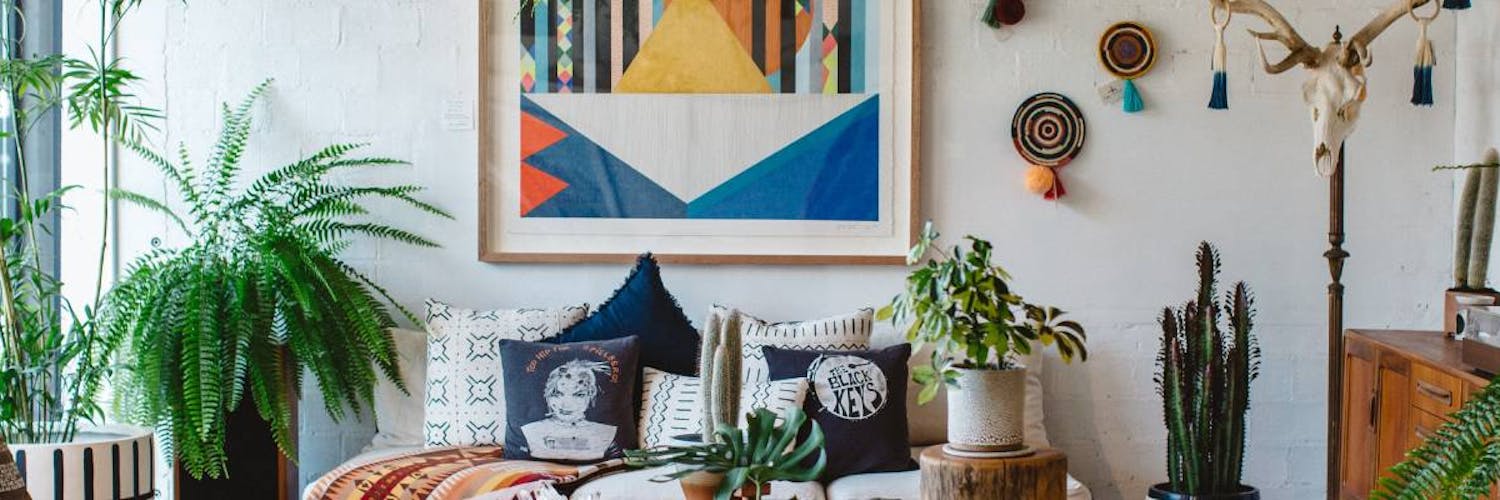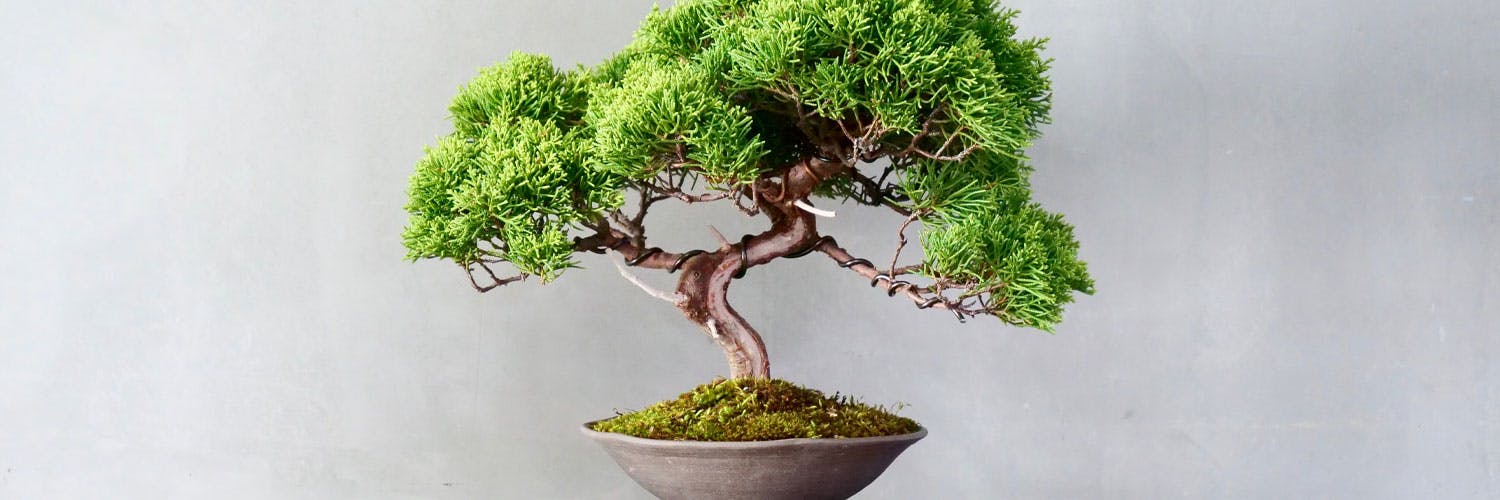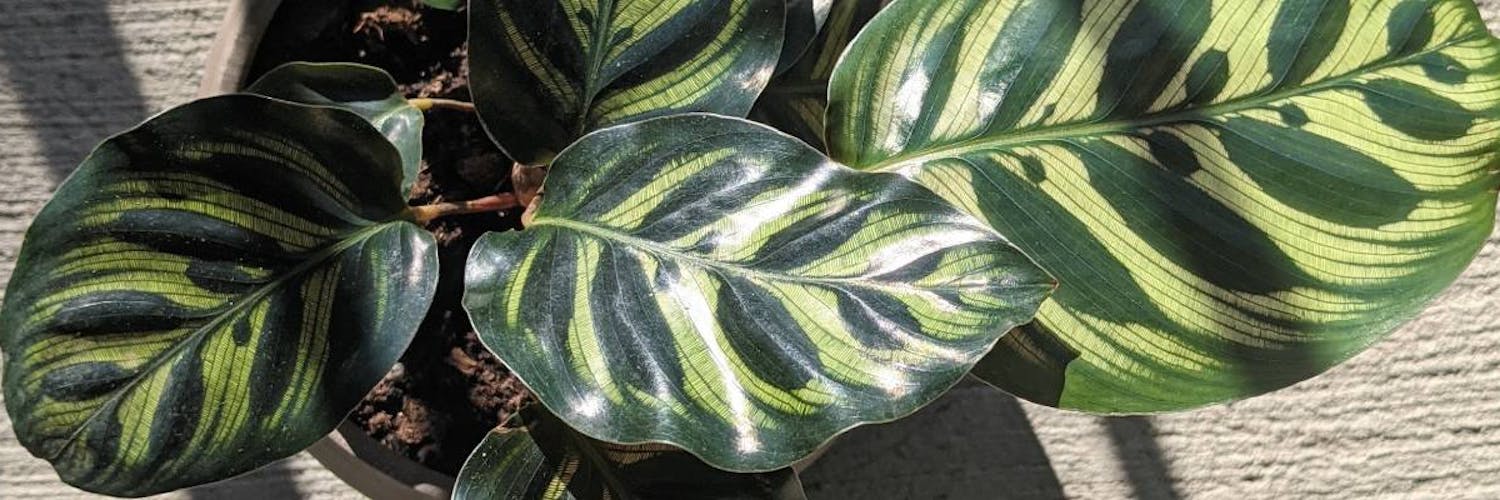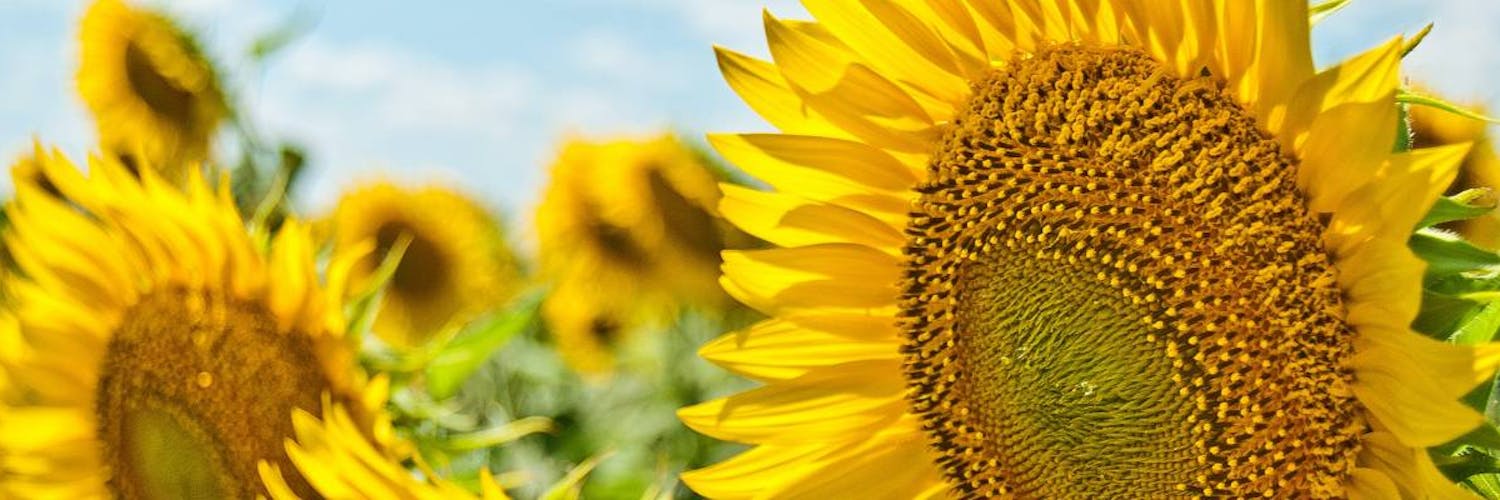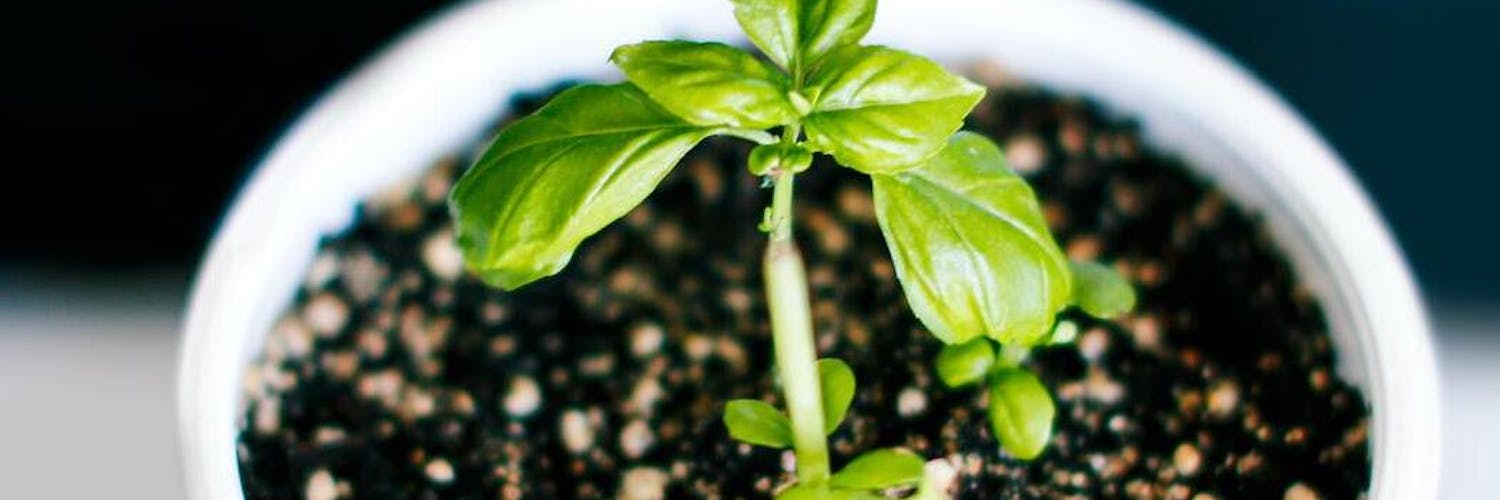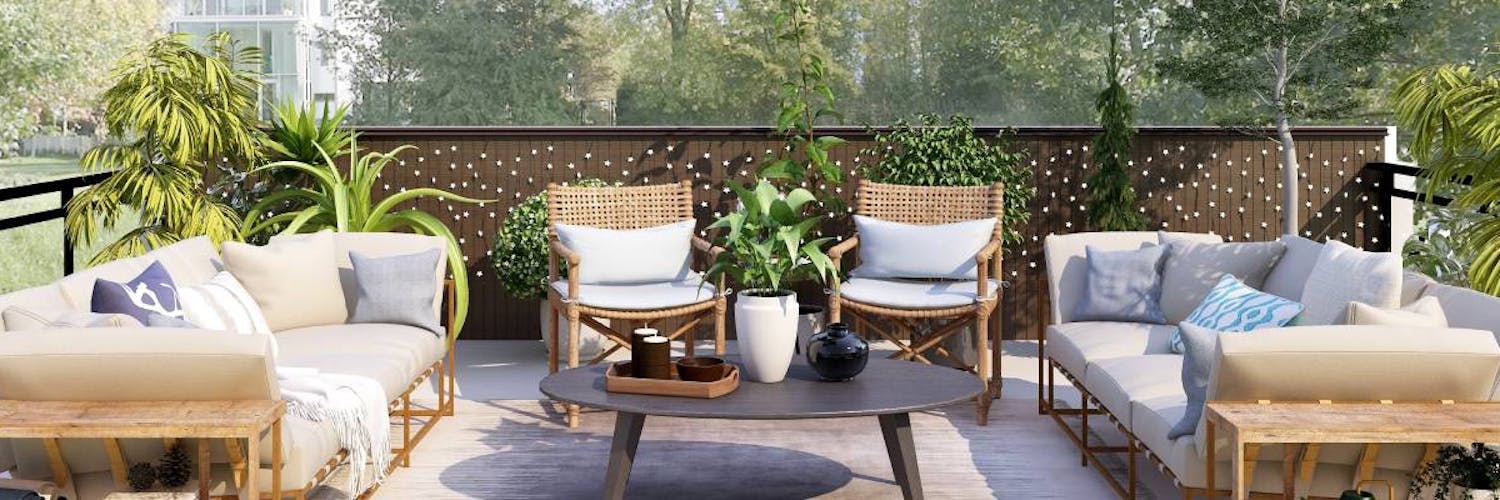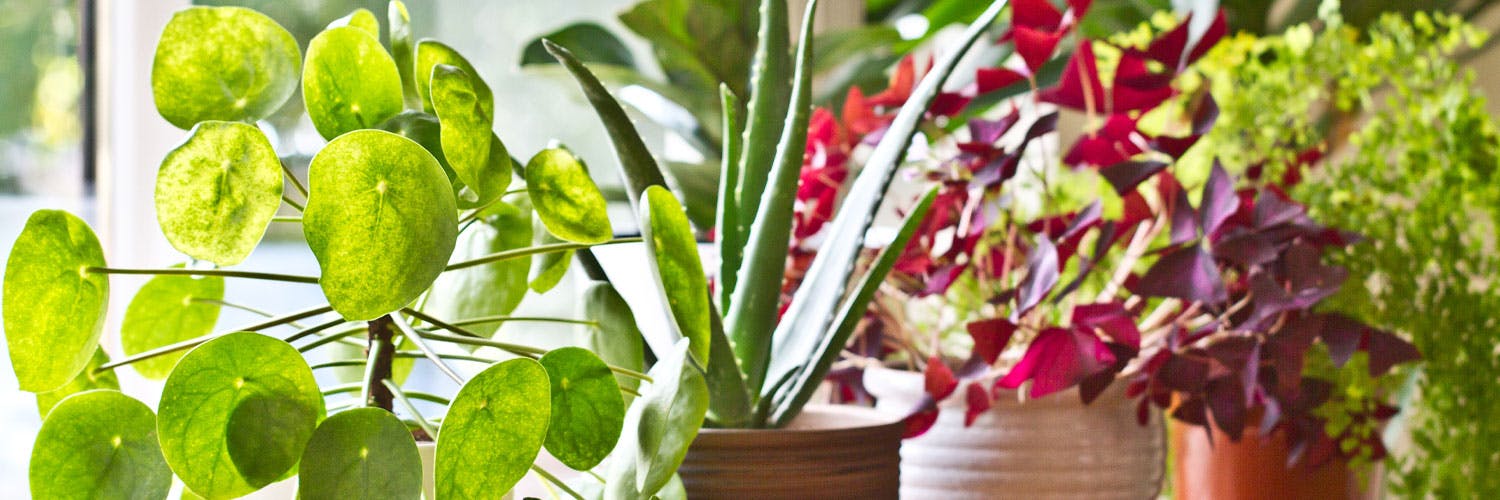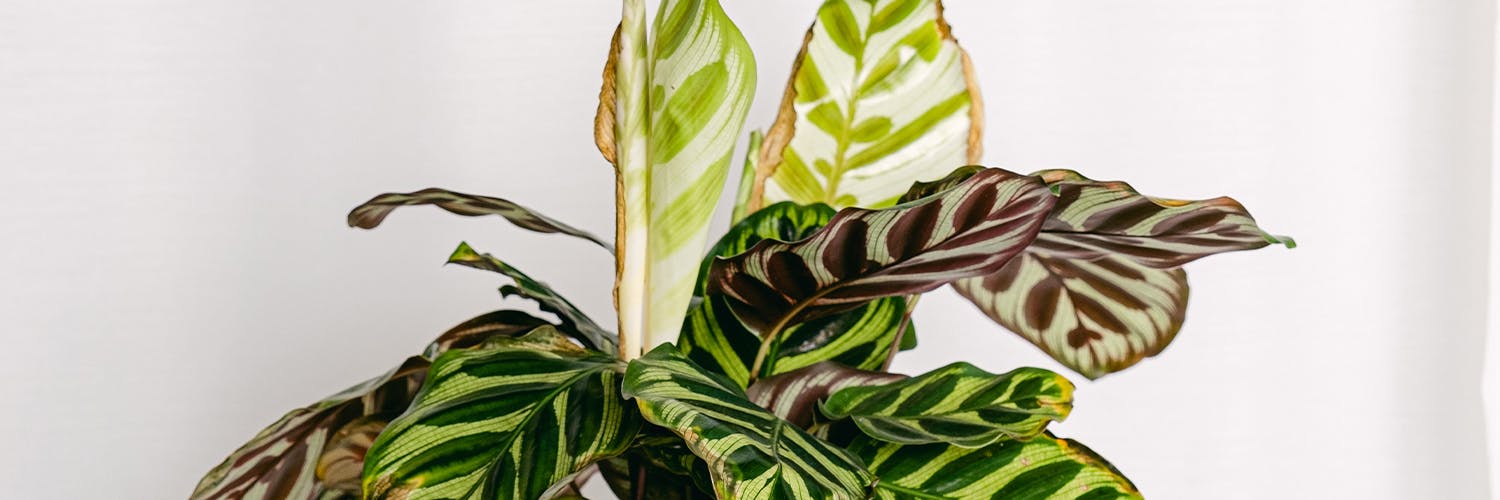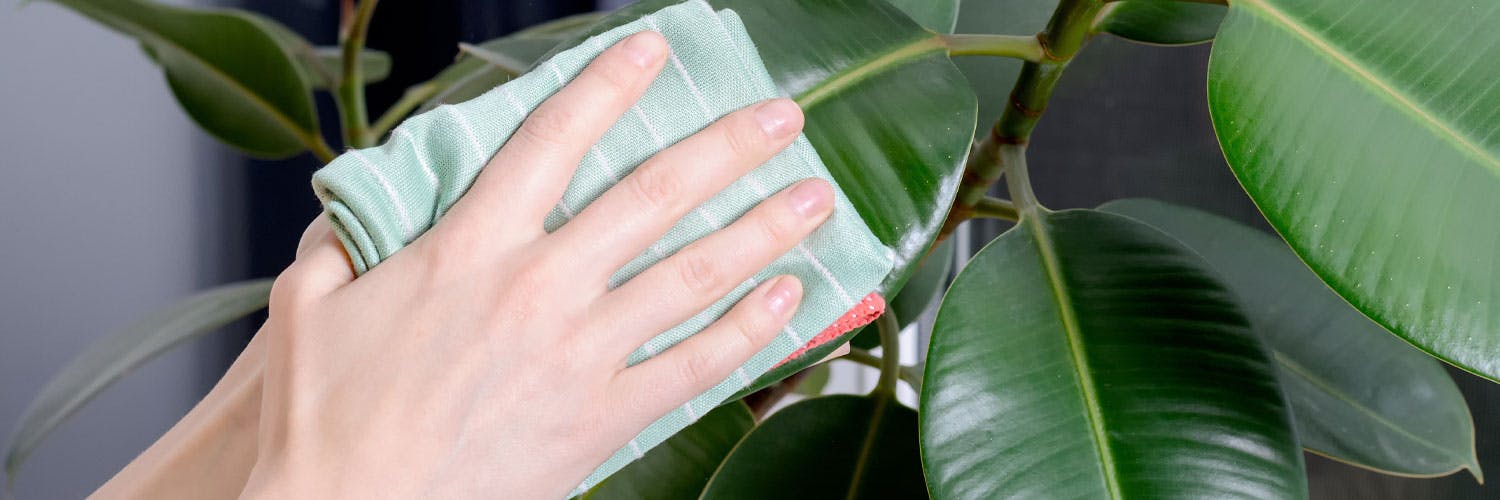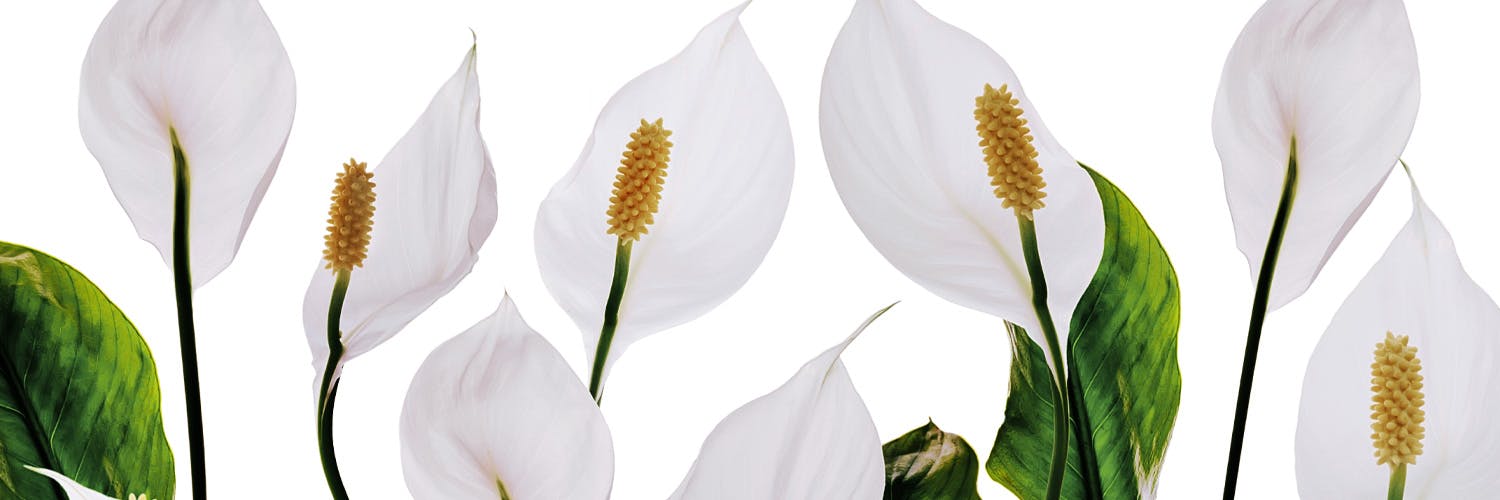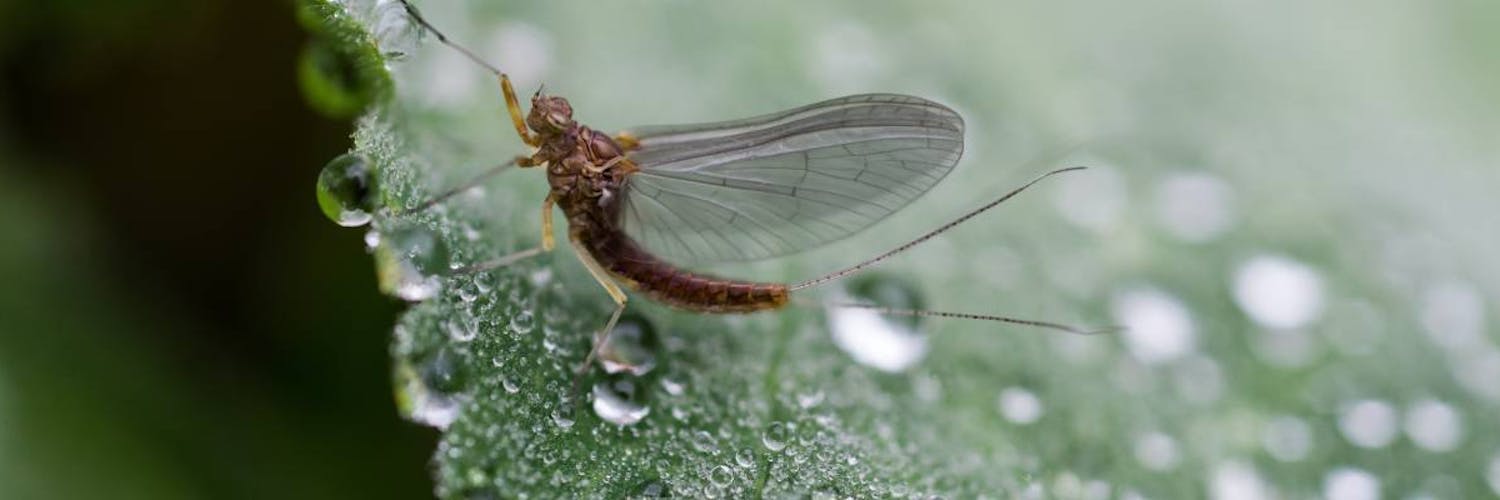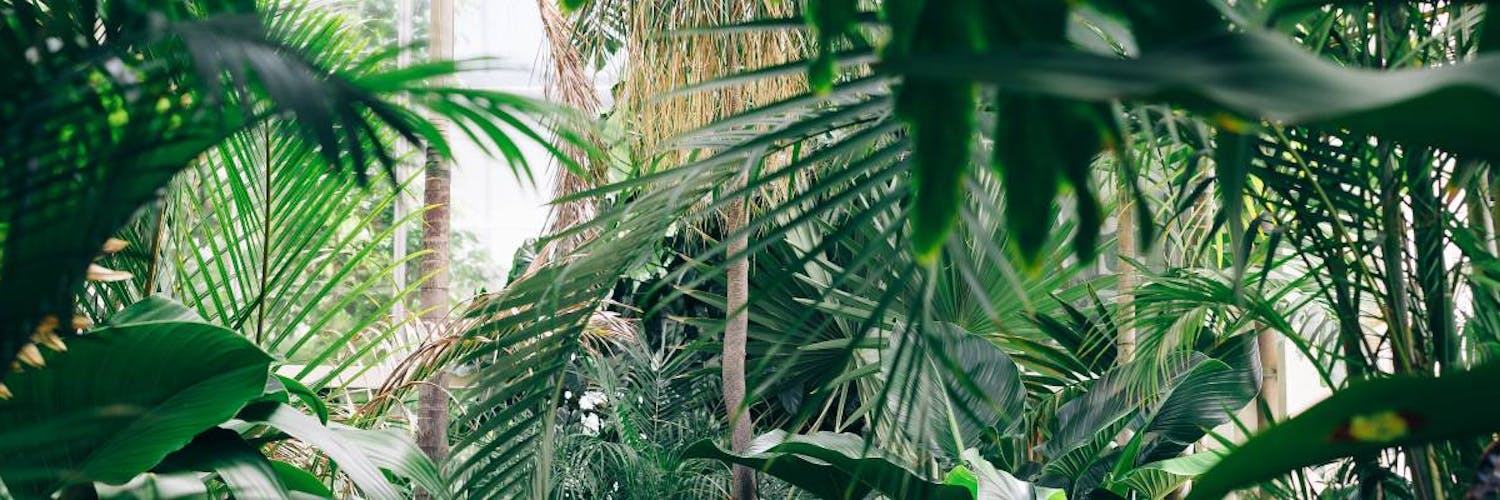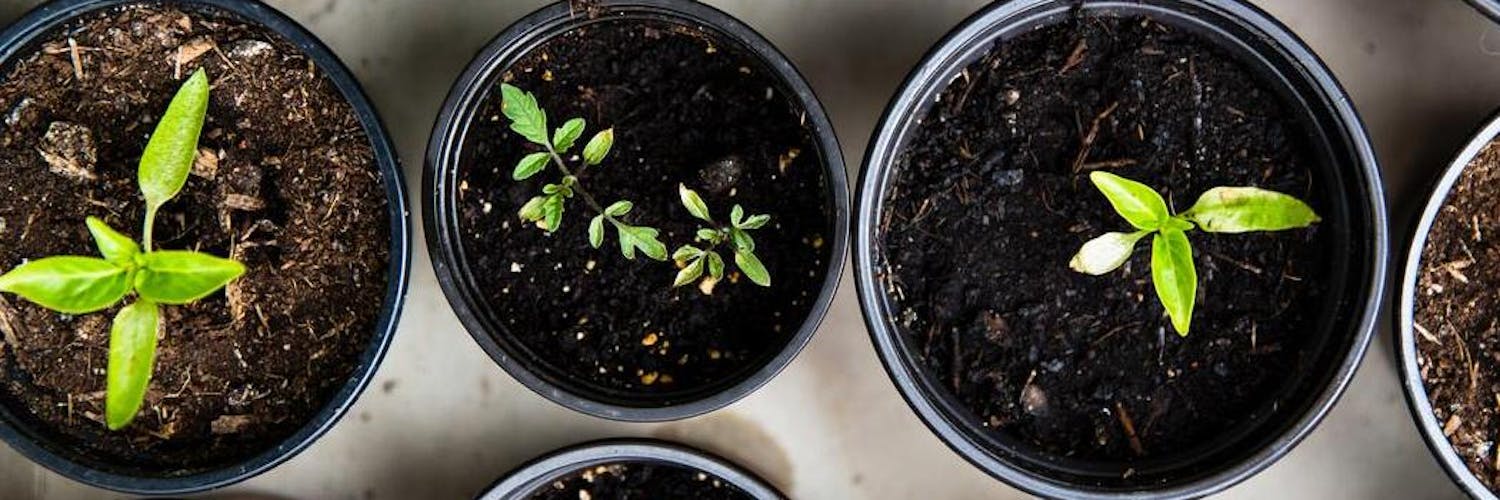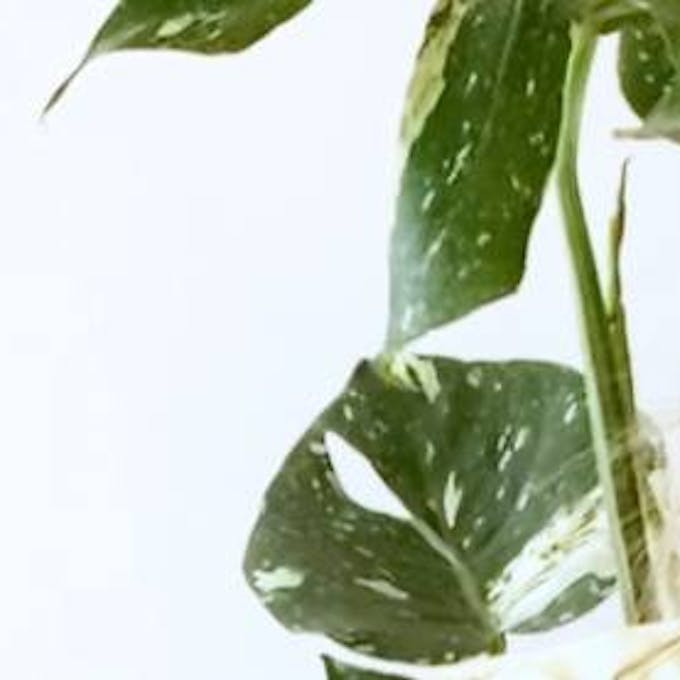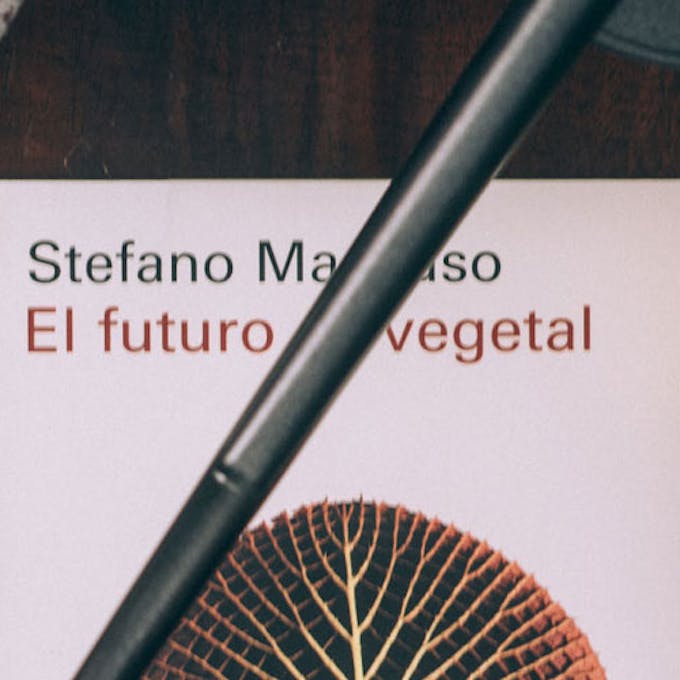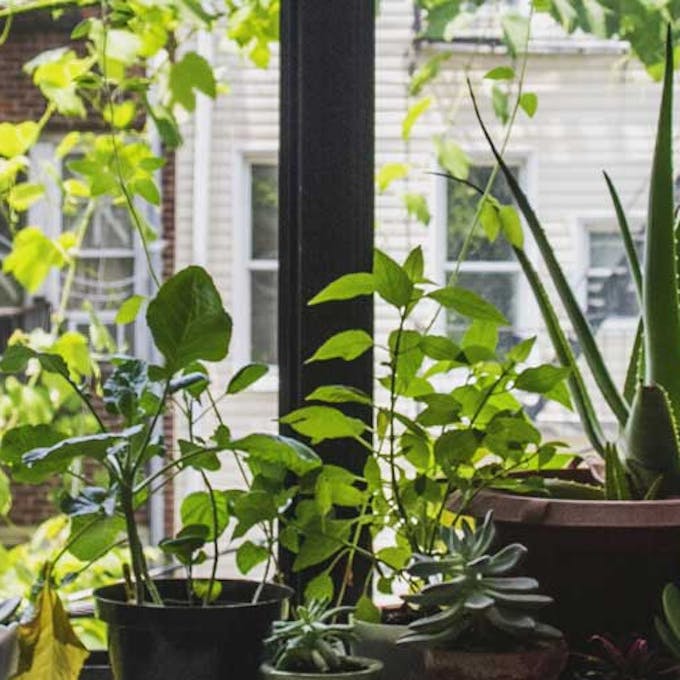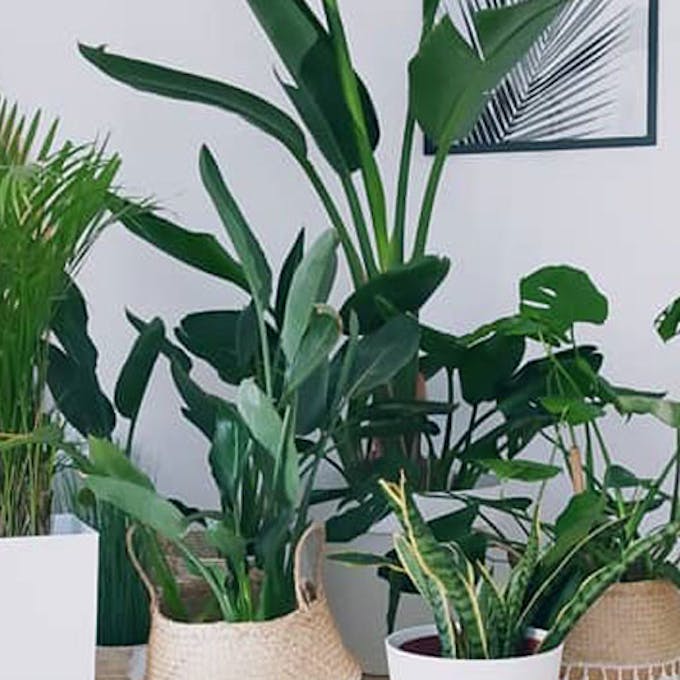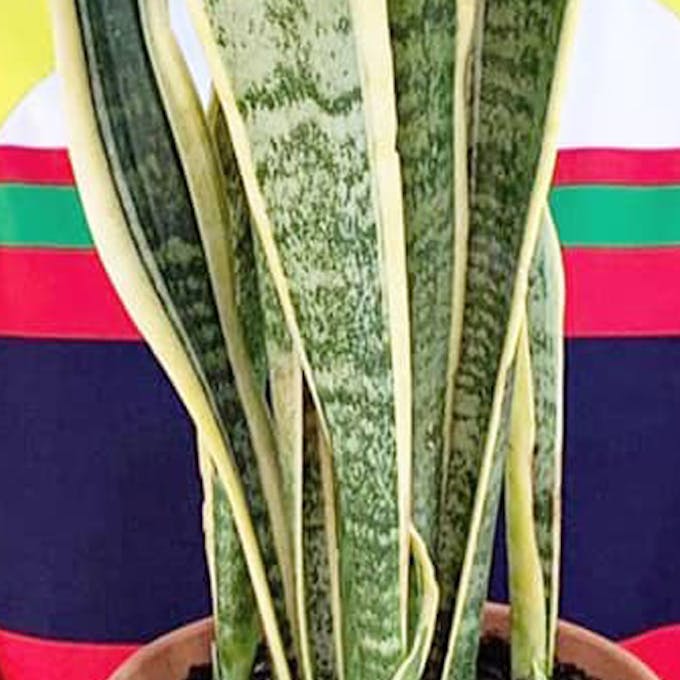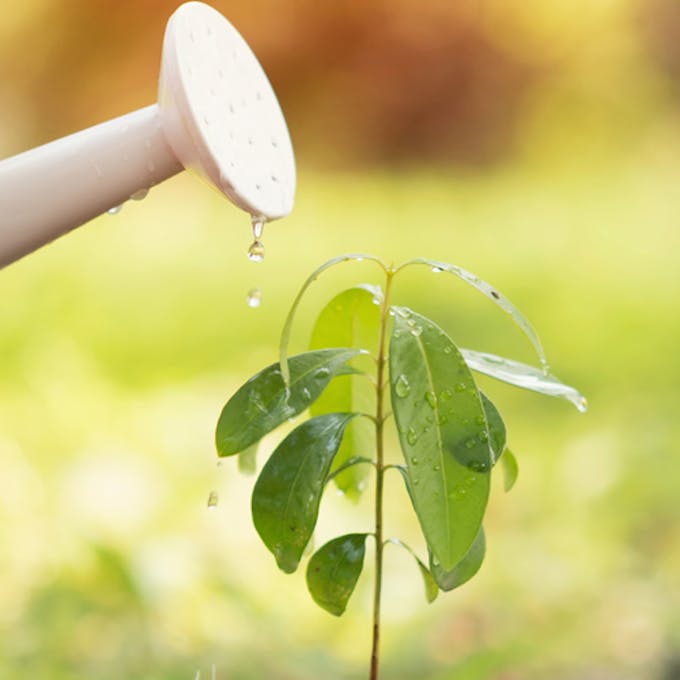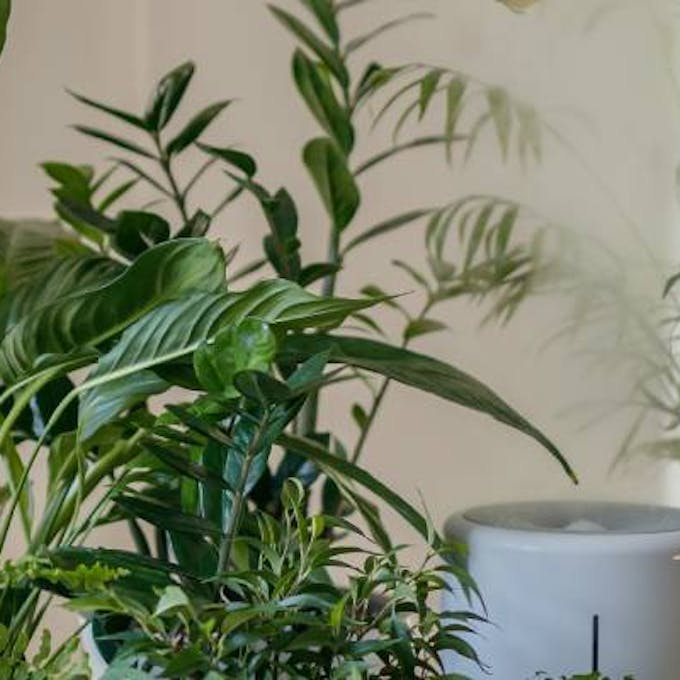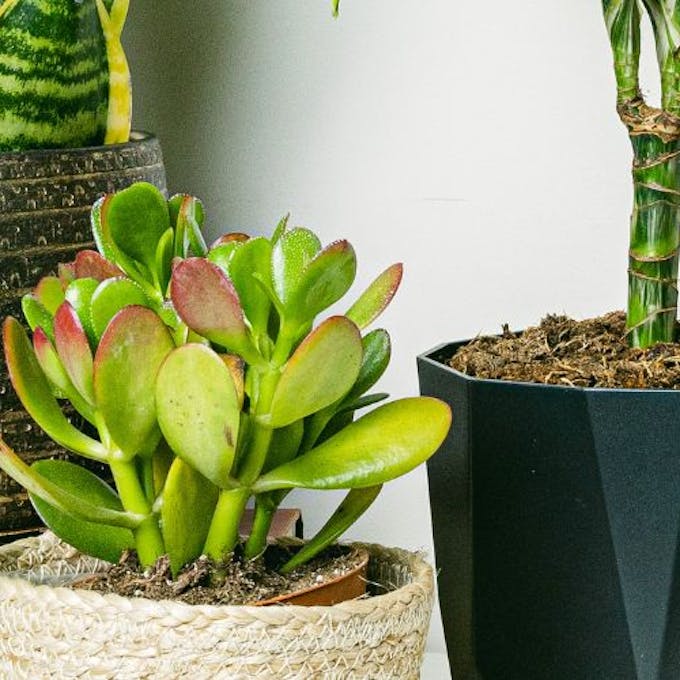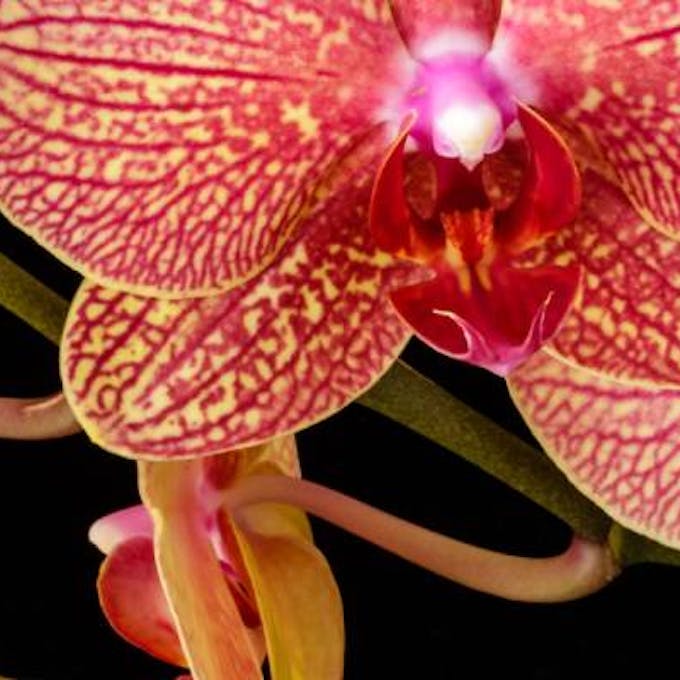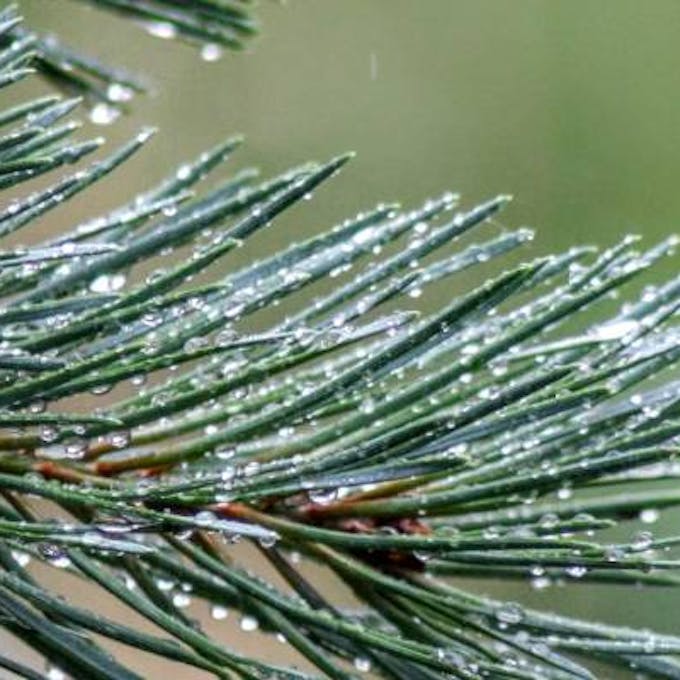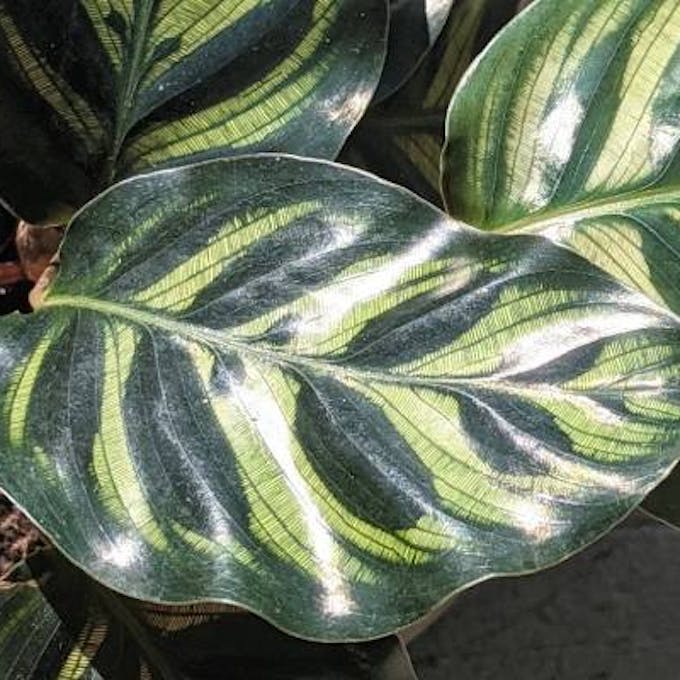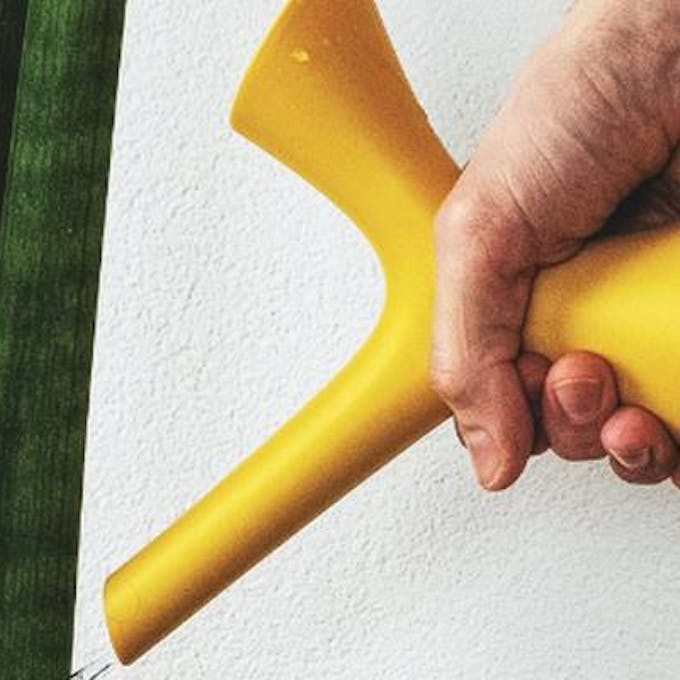Subscribe and get a 10% discount!
Growing plants is easy with Be.Green
Related articles
Complete guide to restoring your plants to health: yellow is not their natural color
Turn your home into a tropical paradise with the Bird of Paradise: practical decorating ideas
Discover the millennial generation's love for houseplants and their power
Sustainable plants for Europe: an eco-friendly option
Create a green oasis in your home by using houseplants that don't require a lot of light
Decorate your home with pet-friendly houseplants: a healthy option for your pets!
Quality and guarantee are our proposal to buy plants online in Spain with BeGreen
Bringing the best of nature to all of Europe with our eco-friendly plants from our ecommerce
Generate good energy in the company of the snake plant, your new friend
Ficus lyrata: the ideal plant to give personality to your interior spaces
Learn how to care for and decorate with Calathea zebrina, a fascinating plant
Become an expert in winter houseplant care
Speed up your home décor with these fast-growing plants
Ideal temperature for climbing philodendron growth: find out how to keep it in its best condition
Discover the green trend of 2024: indoor trees stealing the show
How to choose low-maintenance plants for your kitchen